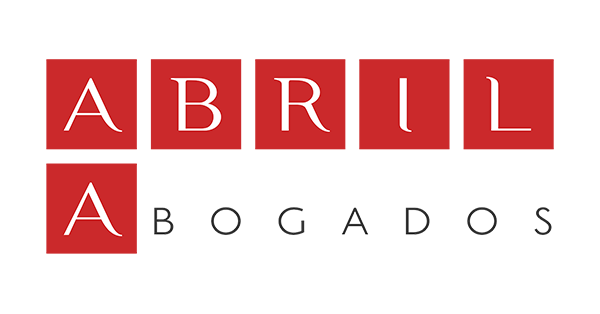In the field pf industrial property is greater and greater to find cases in which a trademark protecting goods and services that has achieved a certain recognition in the market is reproduced almost in its entirety by competitors who try to take advantage of its reputation.
This legal concept known as “bad faith” is recognized in the different legislations, but its definition and scope has had to be outlined by the increasingly abundant jurisprudence.
For this reason, the different industrial property offices have joined forces and that is why the European Union Intellectual Property Network has just published the COMMON COMMUNICATION ON TRADEMARK APPLICATIONS MADE IN BAD FAITH, which includes the requirements that the offices must take into account to declare the existence of bad faith on the part of the owner of a trademark already registered at the time of submitting the application.
And it is precisely in this subjective nature of this legal concept that the greatest complexity lies in appreciating the existence of a disloyal intention or other “sinister” or dishonest motive, which will normally be established by reference to relevant, coherent and objective criteria.
Without prejudice that each case must be analysed in an isolated way, we may consider that there is bad faith if any of these circumstances occur:
- a) the misappropriation of the right/s of the third party;
- b) the abuse of the trademark system: where the applicant applied for the contested trade mark for purposes other than those falling within the essential functions of a trade mark.
In this latter case, it is of the utmost importance the cases of those applications filed with the aim to avoid filing proof of use of earlier rights (which are required five years from the registration of the trademark).
Noelia Gutierrez
Attorney at Law


